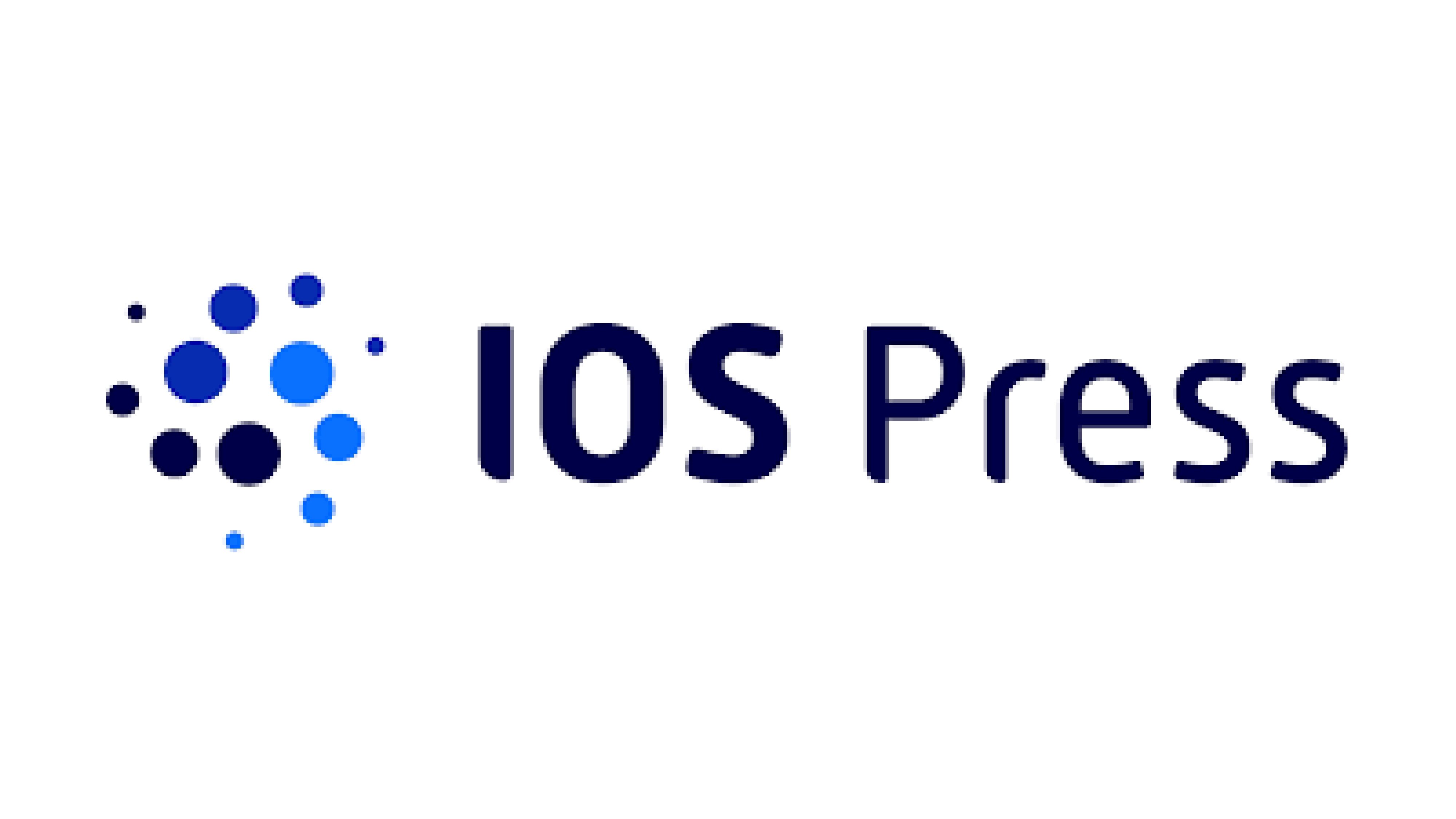
Virtual Reality as an assessment tool for arm motor deficits after brain lesions
1 Gennaio 2001
The currently used assessment techniques for measuring neurological … Virtual Reality as an assessment tool for arm motor deficits after brain lesions
The currently used assessment techniques for measuring neurological deficits are time consuming and may lack of sensibility and repeatability. Previous studies suggested that the cinematic analysis of the movement, might represent a reliable alternative instrument for documenting the degree of motor impairment. To verify this hypothesis we investigated motor/functional progress in 20 post-stroke patients, undergoing rehabilitation therapy, by means of a widely used clinical test (Fugl-Meyer scale), and by evaluating kinematics of arm motion. After rehabilitation therapy, velocity and duration of reaching movements significantly improved with respect to baseline values. Before and after rehabilitation there was a significant correlation between each cinematic parameter and the clinical scale scores. These results, suggests that the cinematic analysis of movement can be proposed as a precise and objective assessment tool to be used in clinical practice.

